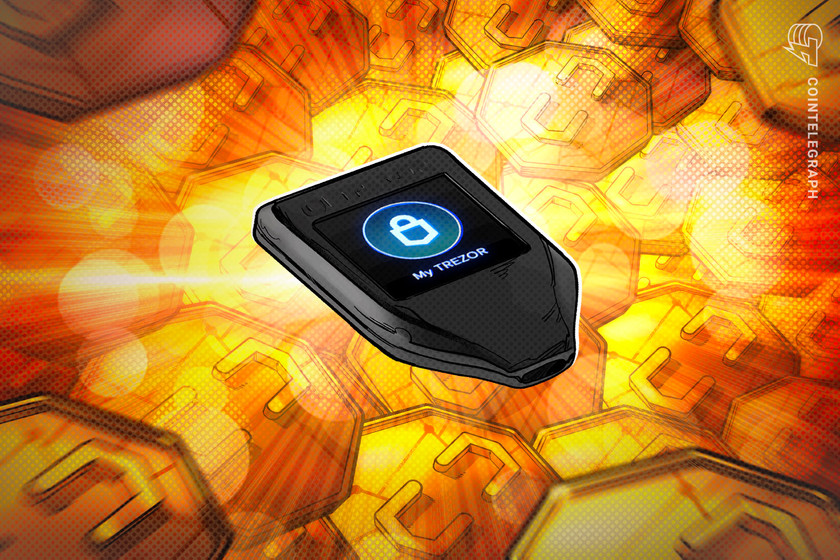The hardware wallet industry has emerged as one of the most resilient sectors to the ongoing cryptocurrency winter, with issues like the FTX crash bringing in even more cold wallet sales.
The bear market of 2022 has once again reminded crypto investors of the importance of self-custody and independence from centralized exchanges (CEX).
As a result, some major CEXs like Binance has increased their investment exposure to hard wallet firms, while CEO Changpeng Zhao even suggested that CEXs may no longer be necessary in the future. Should it be the case, the crypto industry of the future will be quite unlike the existing one because the business model of hardware wallets is very different from that of CEXs.
One massive difference is how hardware wallets make money because — unlike CEXs — cold wallets don’t charge any fees for most transactions by design. But selling devices cannot be the sole revenue stream for cold wallet manufacturers due to a number of reasons, including that hardware wallets are durable devices that don’t often need upgrades.
So, how do hardware wallet manufacturers actually make money? Cointelegraph reached out to several cold wallet providers to discuss the issue to better understand their business model.
How long does a hardware wallet last?
There is no clear answer on how long a hardware cryptocurrency wallet is able to last, partly because the world’s first-ever cold wallets are still working properly.
Czech Republic-based hardware wallet firm Trezor was the first company in the world to officially release a cold wallet back in 2014. After eight years, the Trezor One model is still one of the most popular hard wallet devices, with many customers still using their first generation of Trezor devices, Trezor brand ambassador Josef Tetek told Cointelegraph.
“Trezor devices come with a two-year warranty. However, that doesn’t mean the devices break down after two years,” Tetek said, adding:
“At conferences we regularly meet users who still use the first edition from 2013. In general Trezor devices are very durable and the fault rate is minimal.”
The exec emphasized that users can break, lose or damage their devices, but they will keep their Bitcoin (BTC) if they keep their recovery seed backup intact.
According to Ledger, another major cold wallet provider, the lifespan of a cold wallet is “really long,” but is not something that the firm can estimate. “Devices are designed to last. Sometimes issues come up as with every…
Click Here to Read the Full Original Article at Cointelegraph.com News…
























